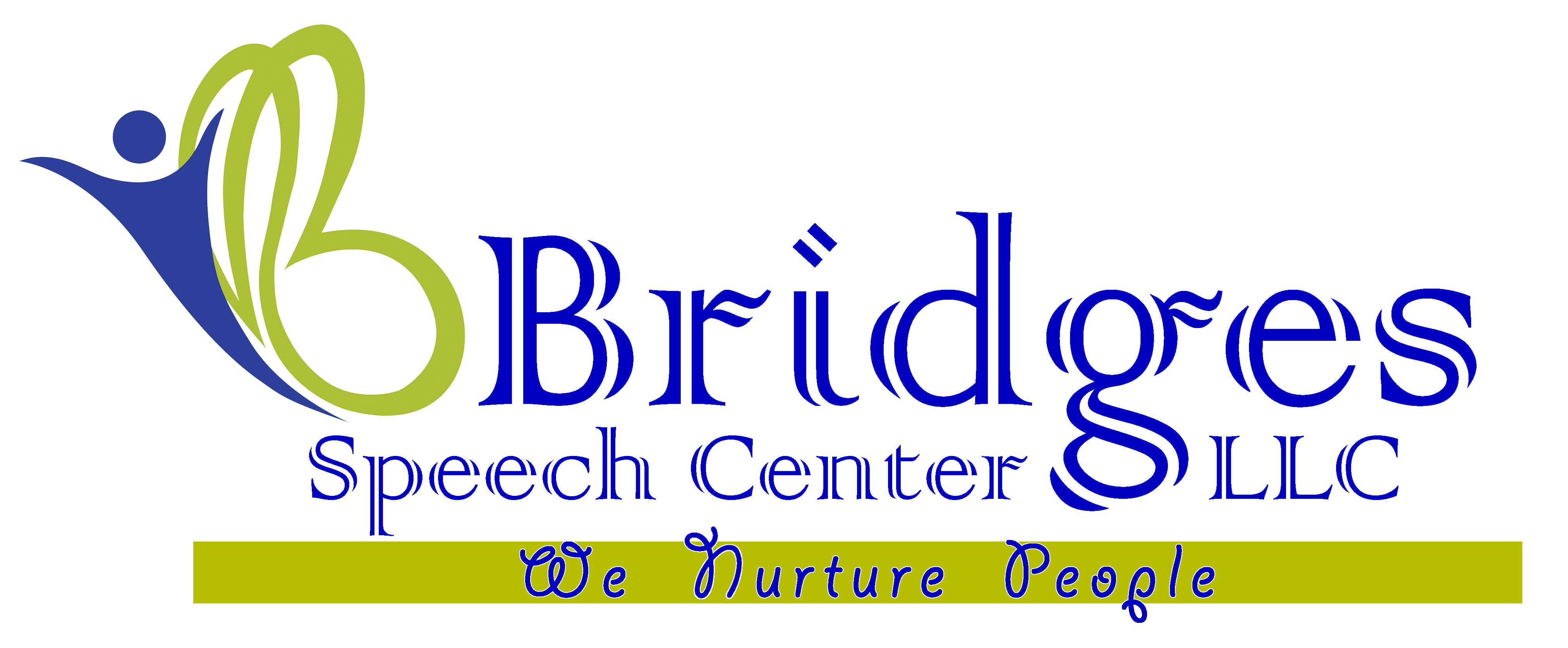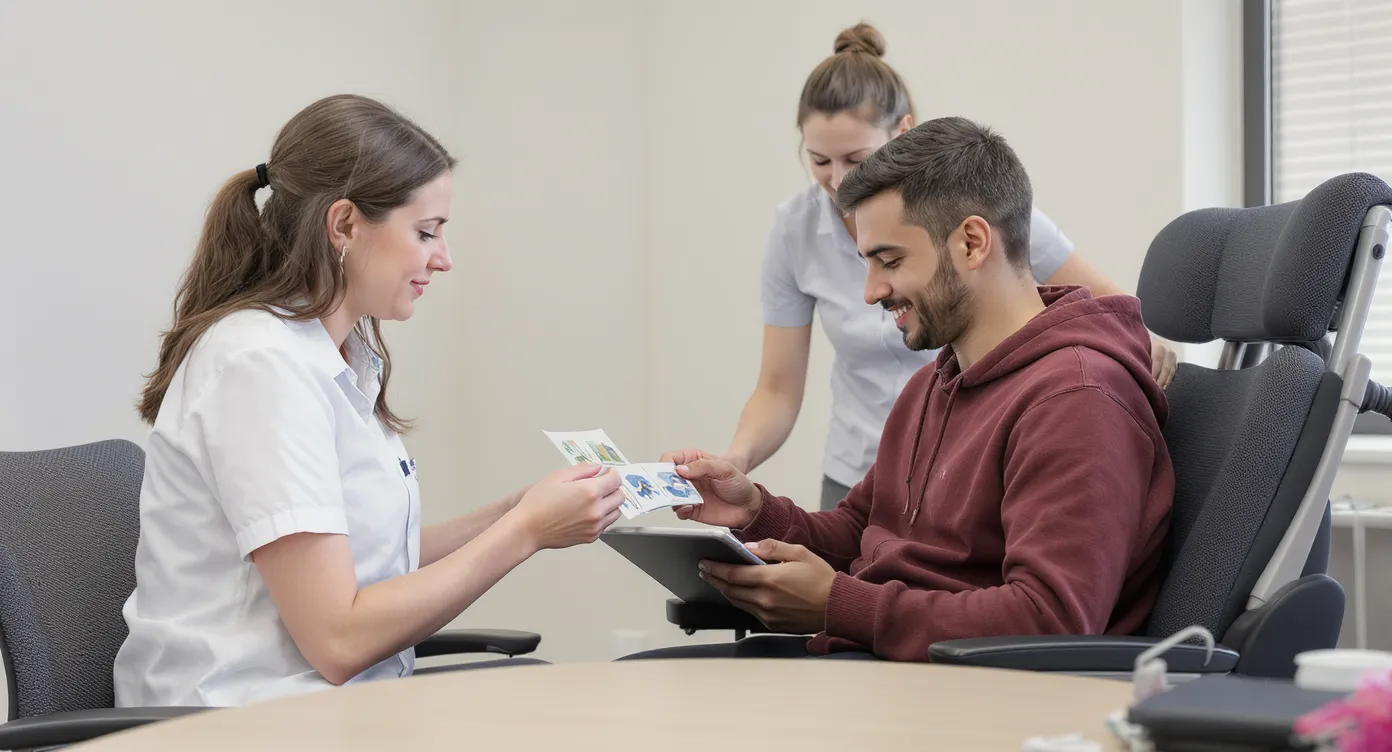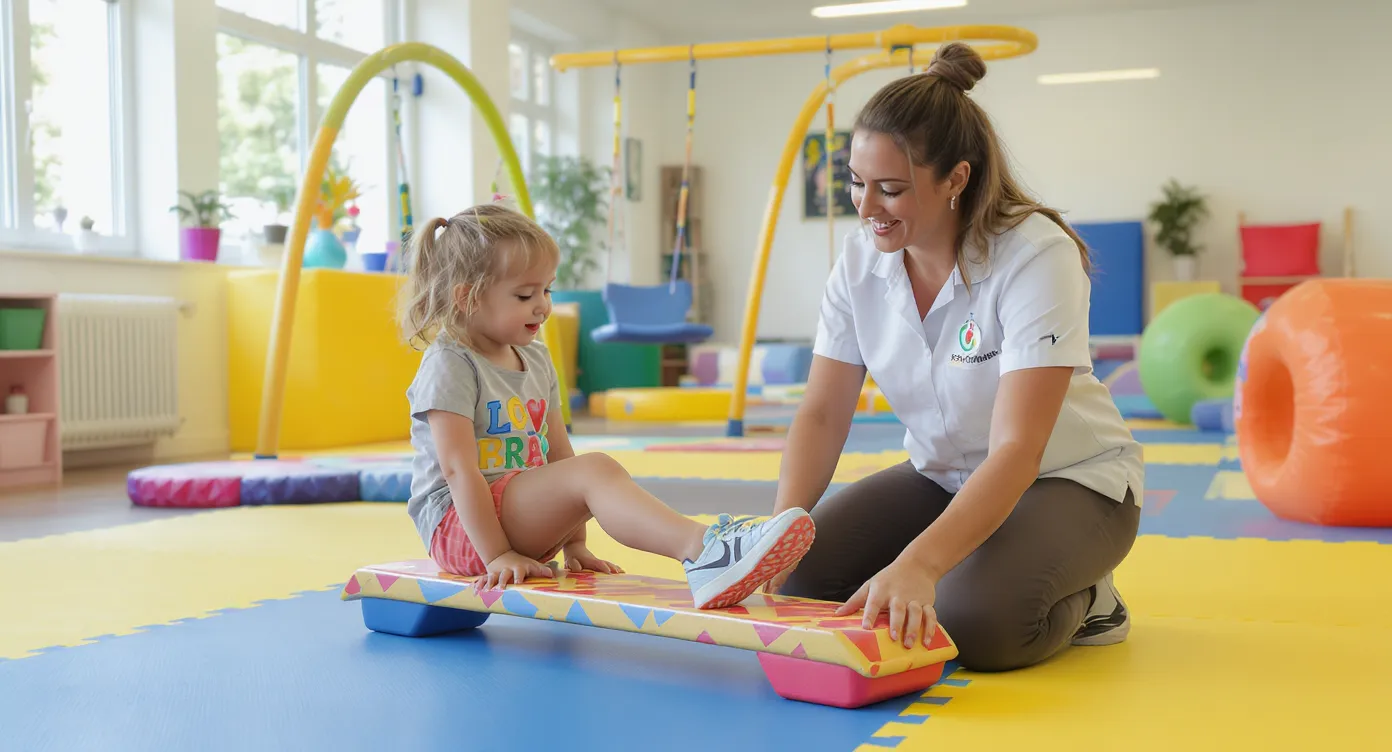- About Us
- Our Services
- Speech Therapy
- Speech and Language Therapies for Adults in Dubai
- Speech and Language Therapies for Children in Dubai
- Accent therapy
- Augmentative Alternative Communication (AAC) Therapy
- Articulation Speech Therapy
- Auditory Processing therapy/ Auditory verbal therapy
- Language Intervention: Speech Delay therapy
- Oral Motor Therapy
- Play Based therapy
- PROMPT/DTTC/RePT for Childhood Apraxia of Speech
- Social communication/Pragmatic language therapy
- Stuttering / Stammering therapy Program
- Spellography Program for Dyslexia
- Voice Therapy
- Home Care Services
- Feeding Therapy
- Physiotherapy
- Pediatric and Geriatric Physiotherapy
- Fall Prevention Programs for the Elderly
- Developmental Delay Treatment for Children
- Cerebral Palsy Management for Children
- Pediatric Orthopedic Conditions
- Osteoporosis Management for the Elderly
- Sports Injuries in Children
- Mobility and Balance Training for Elderly
- Joint Pain Treatment (Knee, Shoulder, Hip)
- Age-Specific Exercise Programs
- Coordination and Balance Exercises
- Orthopedic Physiotherapy
- Neurological Physiotherapy
- Sports Physiotherapy
- Cardiopulmonary Physiotherapy
- Women’s Health Physiotherapy
- Manual Therapy
- Therapeutic Exercise
- Pain Management
- Electrotherapy
- Hydrotherapy
- Ergonomic Consultation
- Tele-Physiotherapy Services
- Pediatric and Geriatric Physiotherapy
- Occupational Therapy
- Sensory Integration
- Clinical Psychology & Psychotherapy
- Cognitive Behavioral Therapy(CBT)
- ABA /Behavior Therapy
- Bridge Learning Program
- Group therapy
- Summer/Winter Program
- Telehealth Services
- Training Program/CEU
- Internship/ Observership
- Speech Therapy
- Super Team
- Collaboration
- Training Course
- News/Blogs
- About Us
- Our Services
- Speech Therapy
- Speech and Language Therapies for Adults in Dubai
- Speech and Language Therapies for Children in Dubai
- Accent therapy
- Augmentative Alternative Communication (AAC) Therapy
- Articulation Speech Therapy
- Auditory Processing therapy/ Auditory verbal therapy
- Language Intervention: Speech Delay therapy
- Oral Motor Therapy
- Play Based therapy
- PROMPT/DTTC/RePT for Childhood Apraxia of Speech
- Social communication/Pragmatic language therapy
- Stuttering / Stammering therapy Program
- Spellography Program for Dyslexia
- Voice Therapy
- Home Care Services
- Feeding Therapy
- Physiotherapy
- Pediatric and Geriatric Physiotherapy
- Fall Prevention Programs for the Elderly
- Developmental Delay Treatment for Children
- Cerebral Palsy Management for Children
- Pediatric Orthopedic Conditions
- Osteoporosis Management for the Elderly
- Sports Injuries in Children
- Mobility and Balance Training for Elderly
- Joint Pain Treatment (Knee, Shoulder, Hip)
- Age-Specific Exercise Programs
- Coordination and Balance Exercises
- Orthopedic Physiotherapy
- Neurological Physiotherapy
- Sports Physiotherapy
- Cardiopulmonary Physiotherapy
- Women’s Health Physiotherapy
- Manual Therapy
- Therapeutic Exercise
- Pain Management
- Electrotherapy
- Hydrotherapy
- Ergonomic Consultation
- Tele-Physiotherapy Services
- Pediatric and Geriatric Physiotherapy
- Occupational Therapy
- Sensory Integration
- Clinical Psychology & Psychotherapy
- Cognitive Behavioral Therapy(CBT)
- ABA /Behavior Therapy
- Bridge Learning Program
- Group therapy
- Summer/Winter Program
- Telehealth Services
- Training Program/CEU
- Internship/ Observership
- Speech Therapy
- Super Team
- Collaboration
- Training Course
- News/Blogs
Table of Contents
ToggleDementia Communication Therapy Treatment in Dubai
- Home
- Our Services
- Dementia Communication therapy
Dementia therapy
Dementia communication therapy is a specialized intervention designed to improve communication between individuals with dementia and their caregivers, family members, and healthcare professionals. Dementia is a progressive neurological disorder that affects cognitive functions, memory, language, and overall communication abilities. As the condition progresses, individuals with dementia may experience challenges in expressing themselves, understanding others, and participating in meaningful conversations. Dementia communication therapy aims to enhance communication skills, promote understanding, and foster emotional connections despite cognitive decline. Here’s a detailed look at dementia communication therapy:
Assessment
- Thorough Evaluation: The therapy begins with a comprehensive assessment by a speech-language pathologist (SLP) or a dementia communication specialist. This assessment evaluates the individual’s cognitive and communication abilities, preferred communication methods, and any specific challenges they face.
- Cognitive and Communication Profile: Understanding the stage and type of dementia helps in creating a detailed cognitive and communication profile, which guides the therapy plan.
Individualized Approach
- Personalized Plans: Therapy is tailored to the specific needs, abilities, and communication preferences of each individual. The treatment plan considers the stage of dementia, type of dementia, and existing communication challenges.
- Adaptability: As dementia progresses, therapy techniques and strategies are continuously adapted to meet the changing needs of the individual.
Communication Strategies
- Simplifying Language: Using short, simple sentences with clear wording to make communication easier for the person with dementia.
- Nonverbal Communication: Utilizing gestures, facial expressions, and body language to convey meaning when words are insufficient.
- Visual Aids: Incorporating pictures, symbols, or written prompts to aid understanding and support verbal communication.
- Validation: Acknowledging the individual’s feelings and emotions, even if their words or expressions are unclear, to promote emotional connection.
Environmental Adaptations
- Minimizing Distractions: Adjusting the environment to reduce noise and visual distractions, creating a conducive atmosphere for communication.
- Improving Lighting: Ensuring adequate lighting to help the individual see the communicator’s facial expressions and gestures clearly.
- Comfortable Setting: Creating a comfortable and familiar setting that can help reduce anxiety and confusion during conversations.
Memory Aids
- Memory Books: Using personalized memory books filled with pictures and information about the individual’s life to facilitate conversation and trigger memories.
- Personalized Cues: Providing familiar objects or cues that can help the individual remember and engage in conversations.
Validation and Empathy
- Emotional Support: Therapy emphasizes the importance of validating the individual’s emotions and empathizing with their experiences, even when their communication is limited.
- Active Listening: Encouraging caregivers to listen actively and respond empathetically to foster a supportive communication environment.
Reminiscence Therapy
- Engaging Past Experiences: Incorporating reminiscence activities, such as discussing past experiences and shared memories, to encourage engagement and emotional connection.
- Storytelling: Using storytelling sessions to help individuals recall and share their life stories, promoting cognitive stimulation and emotional well-being.
Communication Apps and Technology
- Assistive Devices: Utilizing communication apps, tablets, or other assistive devices to support communication and engagement.
- Technology Training: Educating individuals and caregivers on how to use technology effectively for communication purposes.
Reality Orientation
- Time and Place Cues: Using techniques to help individuals maintain a sense of time, place, and orientation, which can improve their understanding of conversations.
- Consistent Routines: Establishing consistent daily routines to provide a structured environment that supports orientation.
Caregiver Education
- Understanding Dementia: Educating caregivers and family members about dementia-related communication challenges and effective ways to support and interact with their loved ones.
- Practical Strategies: Providing practical communication strategies that caregivers can use in daily interactions.
Validation Therapy
- Focus on Emotions: Emphasizing the validation of the individual’s emotions and experiences, even if their statements are not factually accurate.
- Reducing Conflict: Using validation to reduce conflict and frustration in conversations, promoting a more positive interaction.
Emotional Expression
- Nonverbal Outlets: Encouraging emotional expression through art, music, and other nonverbal means when verbal communication becomes challenging.
- Creative Therapies: Incorporating creative therapies like music therapy, art therapy, and dance therapy to support emotional well-being.
Group Therapy
- Social Interaction: Group sessions provide opportunities for individuals with dementia to engage in social interactions, practice communication, and connect with peers.
- Supportive Environment: Creating a supportive group environment where individuals feel safe and encouraged to communicate.
Ongoing Adaptation
- Continuous Monitoring: Regularly assessing the individual’s progress and adapting therapy techniques as needed to ensure ongoing effectiveness.
- Flexibility: Being flexible and responsive to the changing needs and abilities of the individual with dementia.
Summary
Dementia communication therapy aims to create a supportive and meaningful communication environment that enhances the quality of life for individuals with dementia and their caregivers. By equipping caregivers and family members with the tools and strategies to communicate effectively, therapy fosters emotional connections, reduces frustration, and enables individuals with dementia to continue expressing themselves and engaging in meaningful interactions.
Make Appointment
Testimonials
What Parents Say
Send us an email if you wish to talk to any of them. For more reviews, please go to Google reviews.

My experience with bridges speech centre has been great. My child is attending OT in the center and we are happy and proud with the progress Mrs. Richa has made. The therapists are very supportive and knowledgable in selecting techniques to suit with our child's requirements . Their monthly review and evaluation is remarkable. I highly recommend bridges speech centre to anyone looking for an affordable and professional therapy for their child....

We were asked to consult a speech therapist for my son. As parents we were quite skeptical about this whole process. However, once my son started attending Dr Rupali’s sessions we noticed a drastic improvement in his speech. He used to speak only a few words but within the 1st four sessions he started speaking up-to 5 words sentences. I also learnt to manage my child’s emotions better with Dr Rupali’s guidance. She is very cooperative and patiently answer all questions.

We took our 21 month old daughter to Bridges speech center following her cleft palate surgery as she needed Speech therapy. Ms.Rupali was recommended to us by both our Pediatrician and ENT specialist. The staff at Bridges are qualified, warm and friendly. My daughter loved to attend the speech therapy sessions. Through various techniques and simulations provided during these sessions, I can see considerable improvement in my daughter's speech. Lastly I would say, no child is same, as parents we need to be patient and trust the process.

Rupali was excellent. In just couple of sessions she helped my child overcome difficulty in pronouncing ch and sh sound. Thanks very much.Highly recommend for children who will need assistance in speech therapy.
Blog & Article
Our Latest Blog & Articles
Traumatic Brain Injury(TBI) stages and Speech: Recovery Journey
Fifteen minutes after a head injury, few families are thinking about TBI(Traumatic Brain...




